The lesson, if you do have TMJ problems, you should definitely start by having your neck examined. While neck issues aren't always involved- as the research shows- they usually are.
|
Here's an interesting article that provides evidence that TMJ pain and neck problems are commonly seen together. It also provides an anatomical explanation as to why... The lesson, if you do have TMJ problems, you should definitely start by having your neck examined. While neck issues aren't always involved- as the research shows- they usually are.
4 Comments
Here's a great article on how you can instantly make yourself healthier.
Make sure to watch the video at the end, as it is truly one of the best, potentially most transformative TED talks I've seen. Here are 3 Basic Nerve Glides to assist tightness of soft tissue surrounding the nerves that run from your neck down your arms.
The trick is to make sure that you don't feel pain while performing these. Feel the restriction or tightness while moving your arm into these positions and then back off from that tightness. Repeat 20x. After performing 2-3x day every day, you should begin to notice improved motion. Enjoy! 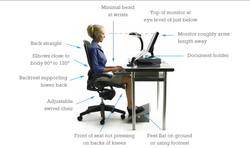 Remember these Important Points: 1. Shoulders relaxed, not elevated. If you can have your forearms supported comfortably down at the same level of your keyboard- even better. 2. Keyboard should be at the same level of your elbows when your shoulders are fully relaxed at your side. 3. Feet flat on the floor. 4. Use a lumbar support if possible. 5. Monitor should be directly in front of you at just below eye level. 6. Keep your mouse close and at the level of you keyboard. The two biggest problems seen with improper sitting posture… 1. Elevated, forward-rounded shoulders 2. Forward head posture Here's the 2 most important exercises to help- 1. Chin Tucks Perform 5x every hour. Hold for 3-5 seconds. Leave your finger at the starting point of your chin and then pull your chin straight backward. After your last (5th) repetition, let your chin back out 10% and try to remain in this position. 2. Self MidBack Mobilization Perform 5 minutes, preferably twice a day. Balls side by side on both sides of the spine. Balls should be placed in the most tender area anywhere between your shoulders and just below your bra line (-not below in your low back area). Bend your knees up to take pressure off your low back. If the tenderness in your back is greater than 3/10, then support your head (and shoulders if needed) with pillows until your discomfort is about 3/10. After a minute or so, you can see if any other areas of the back are more tender and work that area next. If not, just leave the balls in the area where you started. This will keep your back and shoulders mobile and keep your upper back from getting "hunched" or your shoulders from getting too rounded. Awareness of your head position is critical! Remember your head is the weight of a bowling ball! About 15 pounds!
These exercises will help you to remember to keep your head directly over your upright shoulders and body. 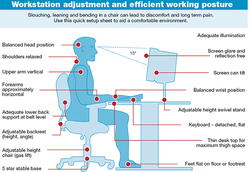 Here are 4 Quick Ways to Obliterate Your Headaches: 1. Improve Your Workstation Set-up So many people have awful workstation set-ups! The sit down at their computers and it looks like they trying to squeeze themselves into a small closet! The head is craned forward, the keyboards are elevated up too high, the mouse is not located conveniently beside the keyboard at lap level. And on and on! Here's a helpful picture of what a workstation should look like. 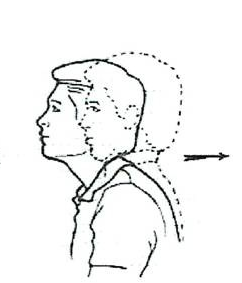 2. Driving Driving positions are often horrible. I'm amazed how slouched drivers appear. One way to reduce slouching is to use a lumbar support. Often the lumbar supports built into car seats aren't sufficient either. The small of your back should be placed into a moderate "arched" position. This will typically reposition your head and neck into the proper comfortable position as well. Then utilize an armrest and keep your hands on the lower part of the steering wheel to reduce upper shoulder tension while driving. 3. Forward Head Posture If you want to look like a curious giraffe than this is the head posture for you! But if you want to have a healthy neck and shoulders and look like a confident adult you would do well to avoid this posture. This posture can be easily fixed by avoiding slouching and by consciously tucking your chin back throughout the day to increase your awareness of good posture (Like this). Research has indicated that behaviors like good posture takes 3 weeks to become a (good) habit. Perform this chin tuck 5x every hour to improve your awareness and make it become an unconscious habit. 4. Carrying Your Stress In Your Shoulder or Jaw Muscles
This one can be tricky! Oftentimes people carry their stress in their shoulders, but either don't know it- or find themselves helpless to prevent it. If this is the case, I would recommend making an appointment to learn some of the fairly simple techniques to avoid storing your stressful tension in your jaws or your shoulders. Try these tricks and let me know how you do! Feel free to share any effective strategies of your own- there are lots more! 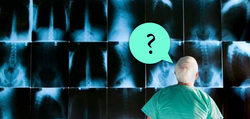 Why Would a Manual Therapist Need to Read X-rays!?!?? How many times has a patient walked through your door, handed you her beautiful X-ray and asked you to make sense of it? If you're like me and many others- I would hazard to guess that for years your use of X-rays has consisted of lifting those radiolucent films up to the overhead light, squinting your eyes a bit, then contorting your head left and then right, squinting some more. Then ultimately resigning yourself to asking the patient if they just so happened to also have the radiologist's radiology summary report. Don't worry. The problem is that many of us were never taught much regarding the reading of X-rays in school. But if we take the time to learn more about radiology, we can learn some of their impressive benefits in assisting with evaluation and treatment of our patients. But, as a patient asked me just this week- "Is there really any benefit to paying $100 for an X-ray?" Well, specifically let's discuss her case- The Advantages of Using Cervical X-rays for Orofacial Pain My patient, [Ms. M] has presented with persistent constant daily retroorbital and temporal region headaches for roughly 10 years. She has visited a chiropractor, massage therapist and has had migraine injections on a regular basis throughout. She is an intensely driven small business owner and finds herself getting 4-5 hours of sleep a night and feeling like she's a failure if her health stops her from achieving her goals. Progress has been slow and she has significant upper cervical dysfunction. I recently spoke to her about having open mouth A/P and lateral cephalometric X-rays taken. Her response wasn't totally unexpected- "What exactly will cervical X-rays do for me?" My response- Specificity. "Specificity" as it relates to orofacial manual therapy treatment has a number of advantages. Let's examine these: 1. AVOIDING ERRORS- I certainly didn't say this to her, but I believe this reason is very important. As manual therapists we depend on our hands to feel for bony positioning and joint motion. It's one of our greatest skills. But it should come as no surprise that of the 5 senses, the sense we as human beings depend on most in life- is vision. There is power in seeing exactly how each vertebra is aligned and rotated. As we all know- each vertebra of the cervical spine can be flexed, extended, rotated left or right, side bent left or right, and even displaced and shifted forward or back. AND- also how much are each vertebra moved into these positions. Maybe you feel that a vertebra is stuck flexed forward, but its just the vertebra below extended backwards. In this way, we can look to confirm what our fingers are feeling to avoid errors. Although errors might be unlikely, the next two interrelated reasons are reason enough to request X-rays when progress is inconsistent- 2. ACCELERATING RECOVERY 3. IDENTIFYING THE UNEXPECTED Maybe you didn't feel the instability of a vertebra when shifting forward. In a very dysfunctional spine there can be a number of multi segmental dysfunctions. Did you address one problem, only to miss another? If you did, perhaps the patient is getting better, but still not progressing as quickly as it could. The ability to accelerate the patient's recovery and to identify the unexpected are in my opinion the best reasons to recommend cervical X-rays. 4. FEEDBACK How often do our patients require some reassurance? We all do. In those instances, it can be so helpful to a patient to see their problems/progress right before their eyes. Let's say a patient has been seen for 2 months- they feel better, but some of their symptoms still persist- occasional discomfort or stiffness. We've all seen patients that have pain, but have difficulty evaluating their own progress. How often have we asked to see if a patient is improving- "What's your pain level on a scale of 0-10. And your patient answers with frustration- "I don't know- but it still hurts!" Having the visual proof to show a patient their progress and reassure them there is improvement goes a long way towards having patient's "buy-in" to their progress. Let's face it, "fear" is often times a big obstacle for a patient to overcome in order for them to finally accept that they are feeling some relief and improvement. It never hurts to have visual proof to document your progress to the patient. Every veteran therapist knows how key patient "buy-in" is. 5. MARKETING If you have before and after X-rays of your patient you will have a physician referral for life! Why? A picture is worth a thousand words! But why not just have a radiologist read the X-ray? Well, certainly because radiologists don't specialize in movement dysfunction! Yes, radiologists are concerned with diagnoses. Is there stenosis? Is there DJD? Maybe. But what does this tell us about the cause of those things? Obviously movement restrictions or hyper mobility will contribute to some of these problems- but maybe the problem hasn't advanced enough to see the degeneration yet. Maybe the cause of midcervical degeneration is a stuck AA joint a few levels above the problem. Unfortunately, a radiology report just won't share those intimate little details with us. Also, the more we understand radiology the more we can assist the X-ray tech in his positioning and the choice of X-rays to be taken. Do we need the patient in perfect upright cervical postures if they spend 8 hours a day slumped in front of the computer and that is the only time that get their headaches? Does the patient only get their pain when in extended neck postures? Maybe then recommending a cervical extension stress X-ray would be most helpful. But only through your improved understanding of radiology is this possible. So if you don't have knowledge about radiology, where can you go to learn more? So if you think you're ready to nibble into the field of radiology and its potential impact into your manual therapy evaluation & treatment, here are 2 excellent resources- 1. Fundamentals of Musculoskeletal Imaging by Lynn N. McKinnis I can't recommend this book enough. Very practical and user-friendly for the physical therapist. This is where I recommend anyone interested should turn. Highlights all the important areas on the subject looking at each individual area of treatment- TMJ, cervical, thoracic, lumbar, knee, etc. 2. St Augustine's course- Applied Musculoskeletal Imaging for Physical Therapists I have not taken this particular course, but I have been instructed on the topic by a St Augustine instructor, Mark Strickland in Austin, TX. Very knowledgable, very practical information. I'd imagine this course is much the same. So, have you personally found X-rays to be helpful in your manual therapy evaluation and treatment? If so, comment and let me know. I'm always interested in how many physical therapists utilize diagnostic imaging and if so, are there any ways that they particularly find them useful. More on this in a future post regarding how to read upper cervical spine X-rays! No-No: #2 Have you experienced this No-No in your own dental practice? How've you coped with it? Comment to let us know!
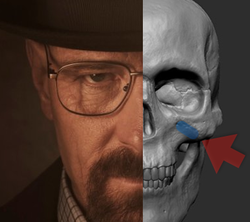 The Walter White of TMD?? Yep. Meet... the Lateral Pterygoid. The lateral pterygoid is intimately involved in your oral function. If you move your jaw forward or side-to-side your lateral pterygoid is involved in this motion. Since chewing is not a straight up and down motion like a hinge, but rather a circular type motion when viewing your mouth from the front, the lateral pterygoid contributes to this important daily activity. Quite simply, this muscle lying beneath your cheek and attaches to the disc and the mandibular condyle laterally and the sphenoid bone medially. It acts to pull the jaw and disc forward and medially (towards the center of your face). When your Mouth starts "Breaking Bad" So what happens when the Lateral Pterygoid does it's best Walter White impersonation and starts "Breaking Bad"? In the popular Fx show, whether it was lying to a guillible Jesse or even his own family, we could always count on Mr White to have a special knack for causing some sort of friction in his relationships. The lateral ptyergoid has this same annoying tendency. Under normal circumstances, much like Mr White, a high school chemistry teacher- the lateral pterygoid is harmless. But power- as it always does- corrupts the most harmless of intentions. The unconscious mind at night can struggle to cope with a day's worth of pent of frustration. Whether it's rocky relationships or rush hour traffic our minds and bodies find ways to cope. This can easily lead to your mouth clenching or even teeth grinding or bruxing. Your mouth, and specifically the lateral pterygoid, is positioned to forcefully move the jaw back and forth which it does fervidly during bruxing causing an abundance of friction. With this repeated activity, the LP can cause pain and spasm- eventually causing all around it to feel the pain of its progressive breakdown. Was there ever a time when the duplicitous MWhite didn't lie? He was as shifty a character as I've seen. Well, the lateral pterygoid is a shifty one too. What to Do About You-Know-Who When the lateral pterygoid spasms, it can shift the bottom jaw forward separating the back teeth. This is characteristic of a lateral pterygoid spasm. How then to get this muscle to relax again? It will benefit from dry needling and stretching. Stretching can be performed effectively by jaw depression and retrusion. I personally was surprised at how specific this stretch felt. Often times this can be an effective stretch after the jaw is placed in a protruded position for a period of time- like when a splint positions the jaw forward. An ARA or anterior repositioning appliance is one of the splints that aims to move the jaw forward. The lateral pterygoid can adaptively shorten over time. Dry needling the lateral pterygoid involves needling between the mandibular condyle and coronoid process of the mandible. The muscle is not able to be palpated due to its depth. It generally is accepted to lie deep within the jaw attached to the sphenoid at roughly 40 mm deep. It's also interesting to note that the lateral pterygoid can refer to the sinuses just below the eye. Sometimes soreness below the eye from lateral pterygoid pain can be easily misinterpreted as sinusitis or sinus infections. The next time you see a mouth that's creating friction and you suspect its behavior seems just a little too shifty- Don't forget to consider the lateral pterygoid- the Mr White of Orofacial Pain. No-No: #1 So what do you think? Can any of you relate to the bowling ball head phenomenon after a long day?
(Yes, I was sorely tempted to name this blog post- 6 Most Common Dental No-No's to Know-Know! ...And it took almost everything within me to stop myself.) |
AuthorJay Schaefer, Owner hANS Physical Therapy group, CCTT, CODN, COMT Archives
November 2024
Categories
All
|
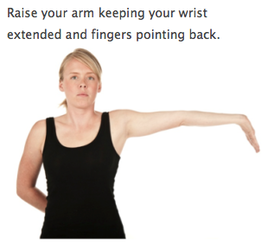
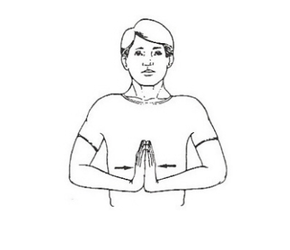
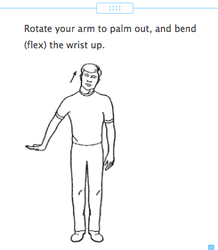
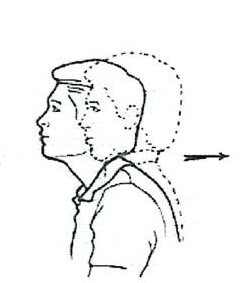
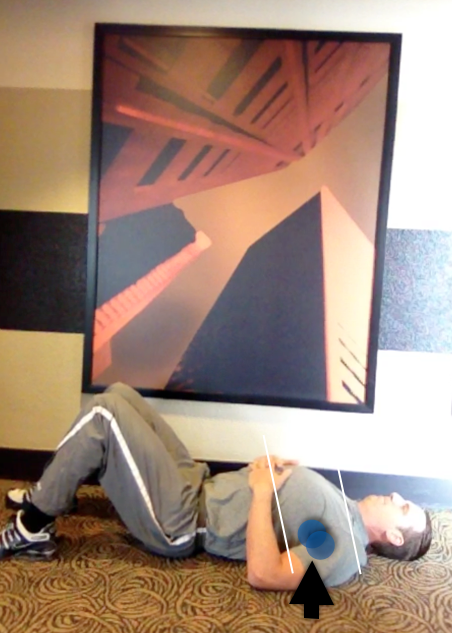
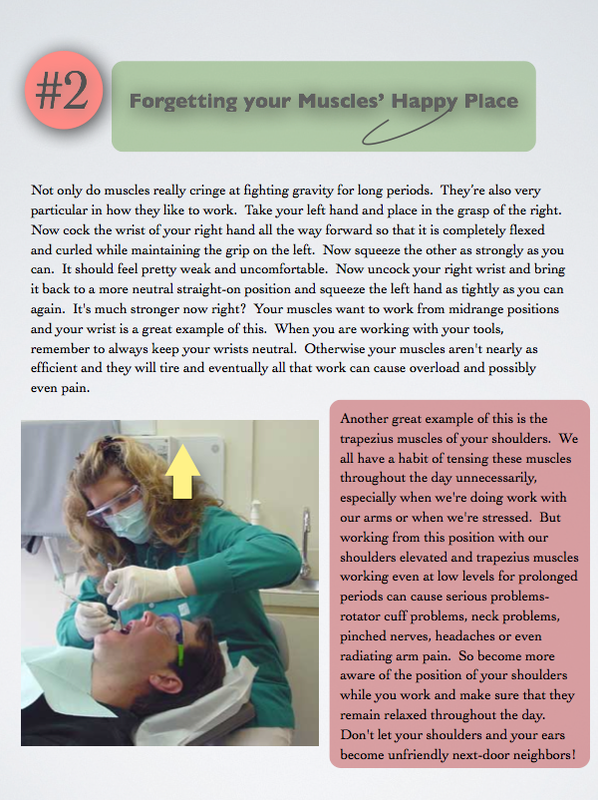
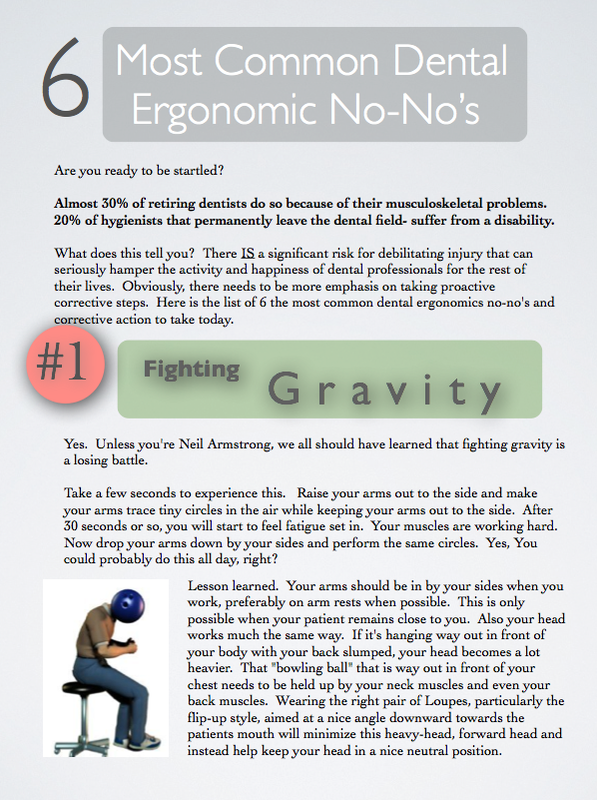
 RSS Feed
RSS Feed